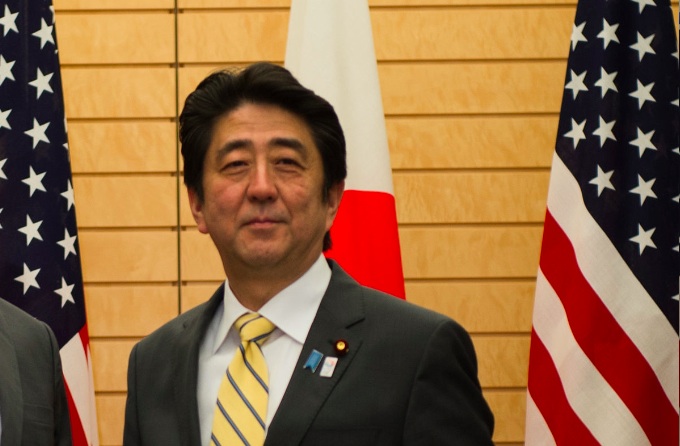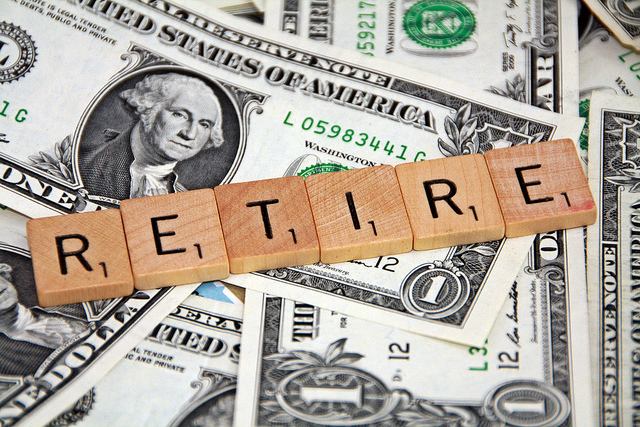Tales of the Unexpected
| For Elena Santiso | 0 Comentarios

To the naked eye, market conditions have appeared benign during Q2 2014: returns have been largely positive across the asset mix, with some equity indices, notably the US S&P 500, inching up to make new record highs. Contrary to our expectations, investors continued their love affair with bonds, with flows accelerating in some areas of the market. Investors generally took bad news in their stride. An escalation of the crisis in Eastern Ukraine, the insurgency of Isis in Northern Iraq, and the downward revision of Q1 US gross domestic product growth to a grim annualised rate of -2.9% caused no obvious damage.
We suspect that the driving force behind investor stoicism has once again been expectations of continuing liquidity. The world’s central banks, taking their lead from the Fed, have been remarkably cautious in proceeding down the path of less accommodation, and ultimately towards policy tightening. Some have even turned retrograde: the European Central Bank (ECB)’s shift to negative deposit rates was a seismic moment. We live in strange times, indeed, when one of the world’s major central banks charges banks to deposit money with it.
Another key observation is that market volatility and trading volumes are now at curiously low levels. Rather than feeling the sense of euphoria that comes from being five years into a multi-year bull market, many investors are nervous about the eerie stillness that has developed. The S&P 500 is seeing its lowest trading volumes for eight years: the norm for bull markets is that volumes rise in tandem with prices. Concurrently, the CBOE Volatility Index is trading below 11 for the first time since 2007. Thirty-week annualised historic volatility is nearing pre-crisis levels in both developed and emerging market equity indices (see chart).
Equity market volatility near pre-crisis lows

Source: Henderson Global Investors, Bloomberg, 30-week annualised historic volatility, % per annum; weekly data from 9 January 1991 to 21 May 2014.
Analysis of the bond markets tells a similar tale: notably, volatility in high yield bonds, currency and US interest rates is at its lowest ebb in 7+ years. In the sovereign bond markets, Spain and Italy have recently been borrowing 10-year money near or below what the UK government pays. This is a stunning reversal compared to two years ago, when those two governments were paying well in excess of UK borrowing rates.
One possible explanation for these strange developments is that investors have been content to numb their minds from some harsh truths in their reach for yield. If that is the case, it may be wise for them to heed the recent warning that came from the Bank for International Settlements that subdued volatility and low interest rates have encouraged investment in the “riskier parts of the investment spectrum” even as valuations became far less appealing.
The economic and market cycle is moving on and we are arguably entering one of its more dangerous phases. Interest rates will inevitably have to rise off their lows. The timing and rate of increase remains opaque and, in certain circumstances, it is entirely possibly that policy changes could come faster and be more dramatic than investors currently anticipate. As we have seen, faith in central banks is extremely high. If it were to emerge that that confidence was misplaced – if, perchance, the Fed misjudges the strength of US growth or the risk of inflation, this could trigger a severe bout of indigestion for asset markets.
By Bill McQuaker, Co-Head of Multi-Asset at Henderson






